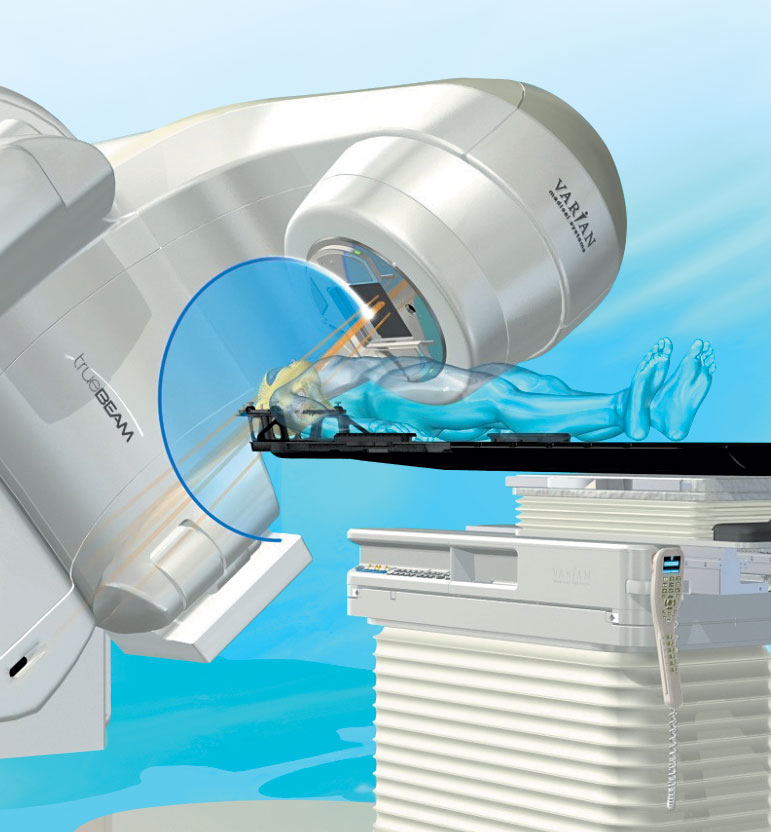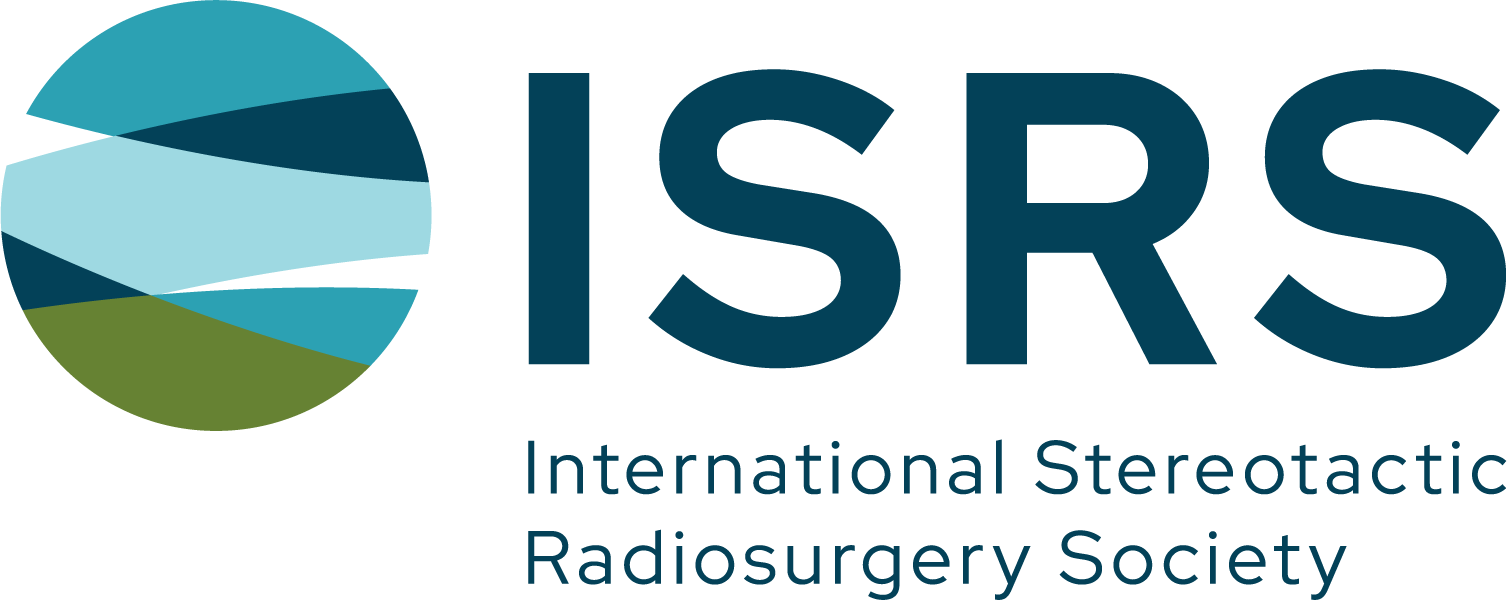Varian March 2023

Cancer care centers across the globe are taking advantage of Varian’s HyperArc® high-definition linac-based radiotherapy for frameless cranial radiosurgery to efficiently treat benign lesions of the brain using flexible fractionation schedules tailored to each patient’s condition. In a recent article, Varian highlighted HyperArc programs at centers in Latin America, the United States, Europe, and Asia. We present some of the highlights here.

Brazil: Clinical teams at Real Hospital Portugues de Beneficiancia in Recife use HyperArc to treat many benign lesions of the brain, including acoustic neuroma, meningioma, and arteriovenous malformation. “At our center, HyperArc is now the standard of care for nearly all intracranial radiosurgery, except for trigeminal neuralgia,” clarified Ernesto Roesler, MD, Radiation Oncologist.
Retrospective statistical analyses performed at Real Hospital indicated that clinicians planning HyperArc treatments could produce, in a single iteration, plans that are consistent in quality metrics to SRS plans that had taken three or more rounds to optimize. The team compared plans based on internationally accepted indices of conformity, homogeneity, and gradient. “Most importantly, we saw a sharper dose fall-off in the HyperArc plans that can spare healthy tissue, which is important for the quality of life of the patient,” noted Roesler.
United States: At The Ohio State University (OSU) Wexner Medical Center in Columbus, Ohio, when radiosurgery is indicated for patients with acoustic neuroma, neurosurgeon Douglas Hardesty, MD, and radiation oncologist Evan Thomas, MD, prefer a hypo-fractionated scheme of three to five sessions. “I believe that hearing preservation is better with that regimen,” said Dr. Thomas. “By hypofractionating, we can avoid putting the hot spot of the plan in the center of the tumor where the vestibulocochlear nerve passes through.”
“Some tumors, such as acoustics and pituitary adenoma, benefit from the fractionation due to proximity of critical structures, but clearly do better with SRS-type dosing rather than VMAT,” explained Dr. Hardesty.
Belgium: Jean-Francois Daisne, MD, a radiation oncologist specializing in neuro-oncology at University Hospitals (UZ) Leuven, uses HyperArc to treat benign tumors of the brain, including acoustic neuroma. “The advantage of stereotactic radiotherapy on a linear accelerator platform is the flexibility to choose the fractionation scheme for the situation of the patient, be it one fraction of 12 Gy, three fractions of 6 Gy, five fractions of 5 Gy, or even thirty fractions of 1.8 Gy,” said Prof. Daisne.
The UZ Leuven team found many aspects of HyperArc surprising, starting with the speed of optimization. “In less than half an hour, the dosimetrist can provide me a fully compliant and satisfactory plan,” reported Prof. Daisne. Also surprising were the steepness of the dose gradient and the speed of delivery at the machine. “The most significant impact of HyperArc is the reduction of the timeslot at the machine, from one hour to 24 minutes. The four arcs themselves are delivered in 11 minutes on average. It has had a significant operational impact also for us, for the nurses at the linear accelerators, and of course, for the patient,” Prof. Daisne said.
Malaysia: At Beacon Hospital, a 100-bed “Cancer Centre of Excellence” in western Malaysia, clinical teams have been using HyperArc for about three years to treat a range of benign and malignant brain lesions, including meningioma, acoustic neuroma, pituitary adenoma, and arteriovenous malformations, using either SRS or SRT. “It is a great system that automates and simplifies the entire SRS workflow from treatment planning to treatment delivery. With little effort, planners are able to get an above average plan,” explained Lum Liang Soo, Senior Manager, Radiotherapy Department, pointing out that HyperArc makes the quality of the plan less dependent on the skill of the planner.
“HyperArc has superior dosimetric advantages over normal VMAT planning, allowing steep dose gradients to spare more surrounding normal tissue while delivering a high dose to the target,” said Jasmin Pei Yuin Loh, consultant radiation oncologist. “The average time taken for each patient treatment is 20 minutes compared to other dedicated radiosurgery systems that on average take an hour per treatment session. Single isocenter treatment of multiple targets plus automation of the entire treatment delivery enables the treatment of more patients per day, which is important for a busy center like ours,” concluded Dr. Loh.
Taiwan: Chi Mei Medical Center in Taiwan has performed HyperArc dosimetric studies and also recently launched a clinical program.In 2021, the Chi Mei radiation oncology team published an evaluation of the potential benefit of HyperArc for fractionated stereotactic radiotherapy (FSRT) for the treatment of benign brain lesions.1
Encouraged by the positive results from their dosimetric study, the Chi Mei team began using HyperArc to treat patients. From September 2018 to the present, over 125 patients have been treated with HyperArc for metastases, benign tumors, and recurrent glioblastoma multiforme. Thirty-eight of these cases involved patients with benign tumors.
“Good dosimetric distributions make HyperArc an attractive FSRT technique for the treatment of benign brain lesions,” said Hsiu-Wen Ho, medical physicist. “A vital factor for successful SRS/FSRT treatment of benign brain tumors is the quality of the treatment plan. Currently, improvements in hardware and software have made the quality of the HyperArc treatment plan higher than ever.”
1Hsiu Wen Ho, et al. The new SRS/FSRT technique HyperArc for benign brain lesions: a dosimetric analysis. Sci Rep. 2021 Oct 26;11(1):21029.
This article was excerpted from a two-part series available on Varian’s website.
The information herein represents the genuine experience of the attributed individuals and may not necessarily represent the views of Varian or the above-referenced institution. Individuals were not compensated for their participation. Radiation treatment may not be appropriate for all cancers. Individual results may vary. For more information, please visit www.varian.com/safety.
